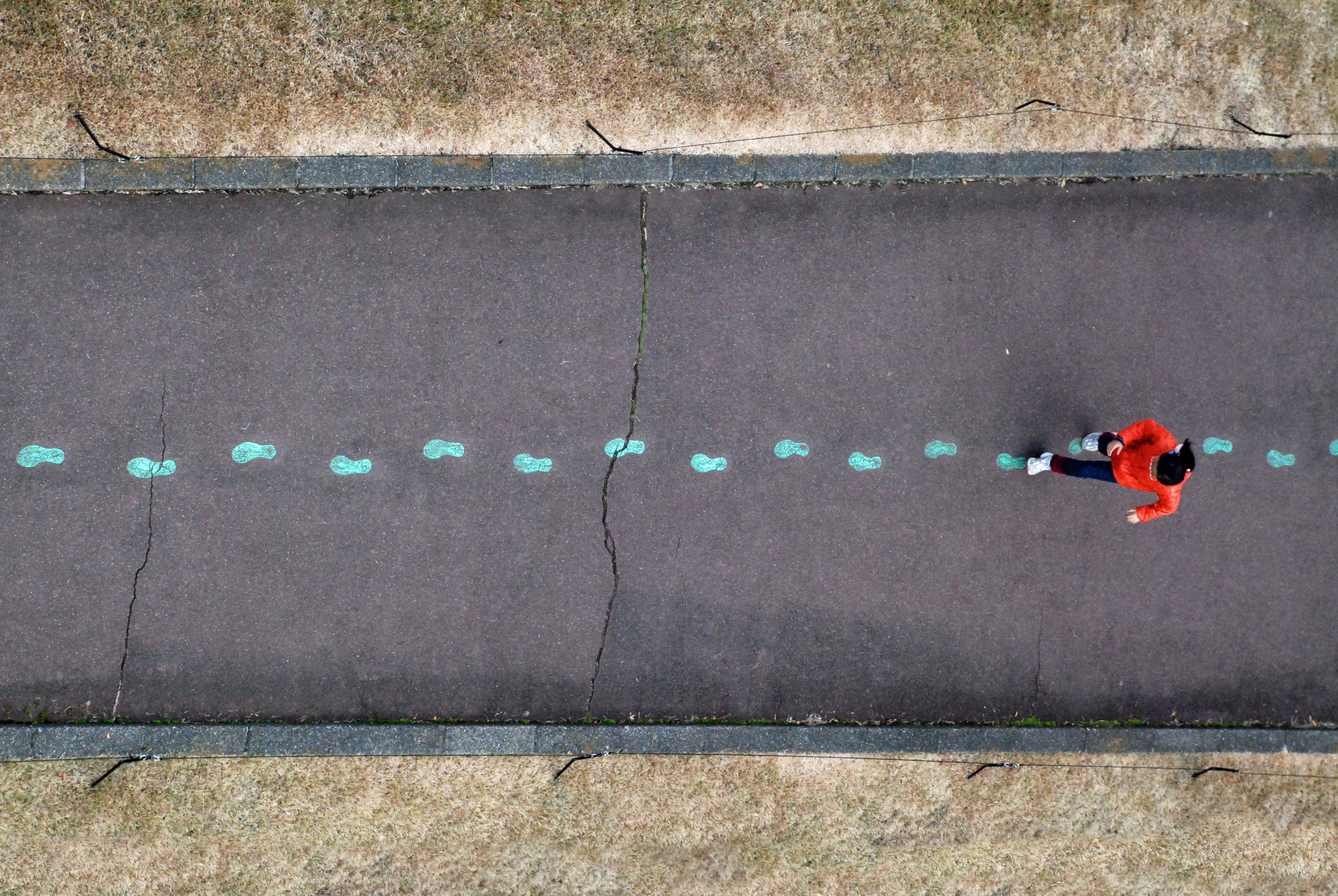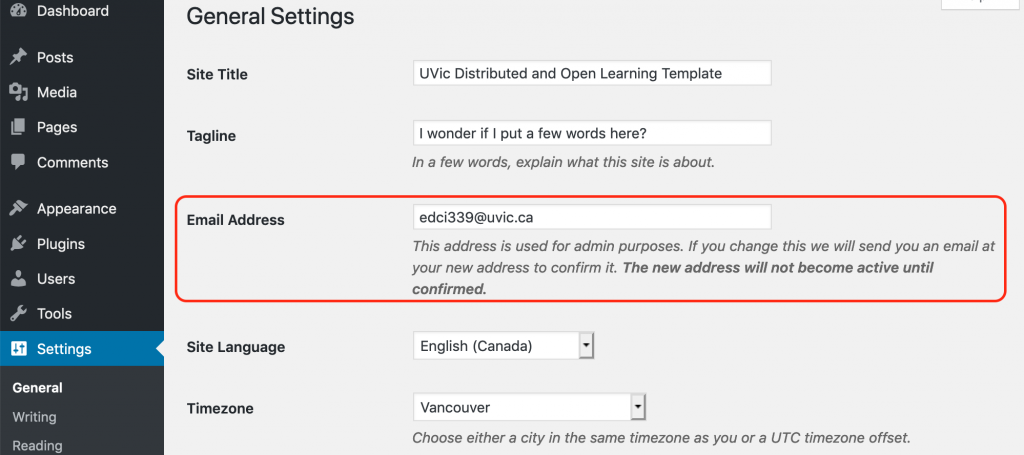Open learning is the provision of free learning resources in an online format. The advantage of this approach is that people can learn regardless of time or location. Compared to normal offline school learning, online learning can be done without the need to go to a scheduled classroom at regular intervals, and likewise without the need to have a teacher present in the classroom in order to learn. Open learning offers a better way to learn for people who do not have the luxury of time to study. It also allows people who are no longer accepted by the school and want to learn to learn better, such as some elderly people who want to continue learning. For them, school may no longer be the right place, but they can still learn through an open online format.
Open pedagogy is a way of transforming the traditional lecture by the professor into an interactive format where the lecture is no longer given by one party. Instead of having one side of the class talk, students can learn and apply their knowledge better through interactive discussions. At the same time, it is an easy way to check whether students have understood a particular point correctly, eliminating the need for quizzes. Through the interactive learning process with the students, the professor can better understand what he/she is talking about and where the students are likely to misunderstand or find it difficult to understand.
OERs are some of the materials that may be used in online open-ended learning, and most of these materials are free online. It is still mostly free mini-materials, but most textbooks still need to be paid for. Also, many of the more specialized academic papers need to be paid for. But as you can see, there is a gradual move towards free materials of all kinds. An academic paper now costs only a few dollars, and textbooks are becoming cheaper, and students have the option of purchasing them for only a few months instead of being forced to buy them permanently. Just purchasing a short-term loan will also be much cheaper than a permanent one.
These licenses are a safeguard to keep the materials used in open learning from infringing. The use of these licenses allows professors to ensure that there is no infringement of copyright and that all teaching materials and information used by learners are scholarly and free from misinterpretation. The absence of such licenses can lead to the use of unproven teaching materials that may convey incorrect knowledge and lead to learners being exposed to misconceptions.
Because open learning hasn’t been maximized in popularity, there are still a lot of people who have misconceptions about it. I personally believe that open learning is a very convenient way of learning, but it is more demanding on the individual learner. The normal mode of learning will give the learner some sense of compulsion, but open learning relies mainly on the learner’s self-motivated learning. Learners who are less self-motivated may prefer traditional offline learning. For people who are not familiar with using computers and the Internet, it is also more suitable to learn in the form of traditional offline lectures so that they do not learn the wrong information because they do not know how to use online resources.

